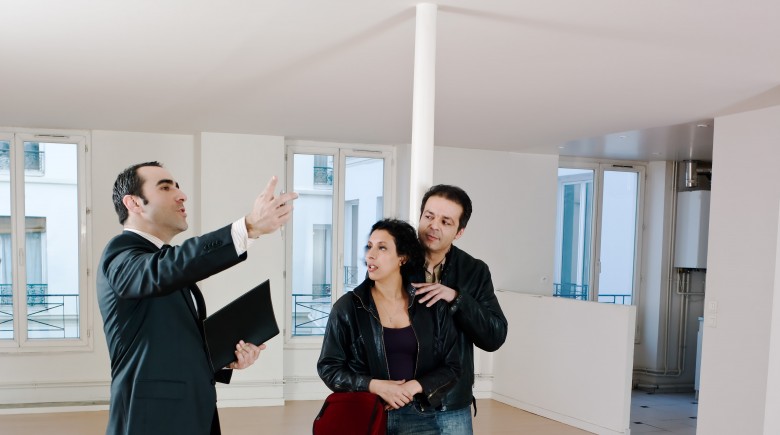Click Here for Part 1.
Taking into consideration the tips previously discussed, the three main phases of an apartment hunt is identifying apartments that fit what you’re looking for, taking a look at the apartment, and sealing the deal. The easiest part is inspecting your potential future apartment, while the apartment search and getting to signing the lease are probably the two tricker parts of the apartment search.
Thanks to the internet, finding an apartment is fairly easy. There are a whole host of sites, such as craigslist, padmapper, and apartments.com, in addition to a more traditional realtor. However, what you will have to do is to create an organized way to evaluate and determine which apartments are potentially the best of the bunch, so you can focus your efforts on evaluating and getting those apartments.
You should either make a list or a table so that you can compare apartments among several consideration. The most important is cost, followed by commute time. If these two things don’t line up in your consideration, then the apartment is not worth your time to look into. Then you have to consider whether the apartment is big and well stocked enough to fit your needs (bedrooms, size, full kitchen, etc). Secondary considerations should be how will you do laundry, if there is a parking space, how far is the nearest grocery store/whole foods/etc, how safe is the neighborhood (specifically look at home robberies/break ins), and air conditioning. Use tools like Google Maps and Google Street View to scout out the locations of the apartments. Yelp is a good tool to find stores, restaurants, and other features of the neighborhood you’re looking into.
Create an organized list of which apartments fit your preferences the best and then create a list of of the apartments that have been on the market for the shortest amount of time. Then contact the apartments that are high up on both lists because apartments that have been on the market have either something wrong with them, have been rented out already, or will remain on the market. However, its more important to find an apartment that suits you best, but this is a way to help you organize which apartment to scout out first.
Upon arranging a time to inspect the apartment or going to an open house, there are very similar things you need to look at, but the approach is different upon how the inspection was arranged. You should always strive to show up at an open house early so that you can go through your brief inspection of the apartment quickly in case you may need to make an offer on the spot. If you have arranged a time to view the apartment with the realtor/owner, then take your time to throughly inspect the place.
What you are looking for is to see if everything works as it should. Check all the lights, doors, and appliances to make sure that they are in working order. Also, make note of the condition of the kitchen and bathroom. If anything seems newer than the rest of the place, make sure to ask about it because there is the possibility that the apartment was partially remodeled due to previous damage. Furthermore, you should inspect all the corners for evidence of traps or mice/insect activity. If everything checks out, then figure out if how the apartment is spaced out would fit what you have/what you plan to acquire.
Finally, upon making an offer to rent the apartment, consider your options. Never consider the asking rental price to be the final price. Instead, you should judge the demand for the place and make an offer accordingly. Sometimes, like at a crowded open house, you need to make an offer sightly higher to draw attention to your interest. However, if the apartment has been on the market for a while, you should make a reasonable, but lower offer and do negotiations. Although this make take some time and effort, it could save you hundreds of dollars over the course of a 12 month lease. A $50 dollar per month drop would save you $600 a year.
Furthermore, when the lease arrangements are made, you should make sure to negotiate and try to put into writing what is expected of the lessee, lessor, and what rights the lessee may have (subletting, pets, etc). Make sure to codify all potential aspects of your lease. This way, you have a written contract to protect yourself incase any disagreements crop up that falls under the leasing contract.




